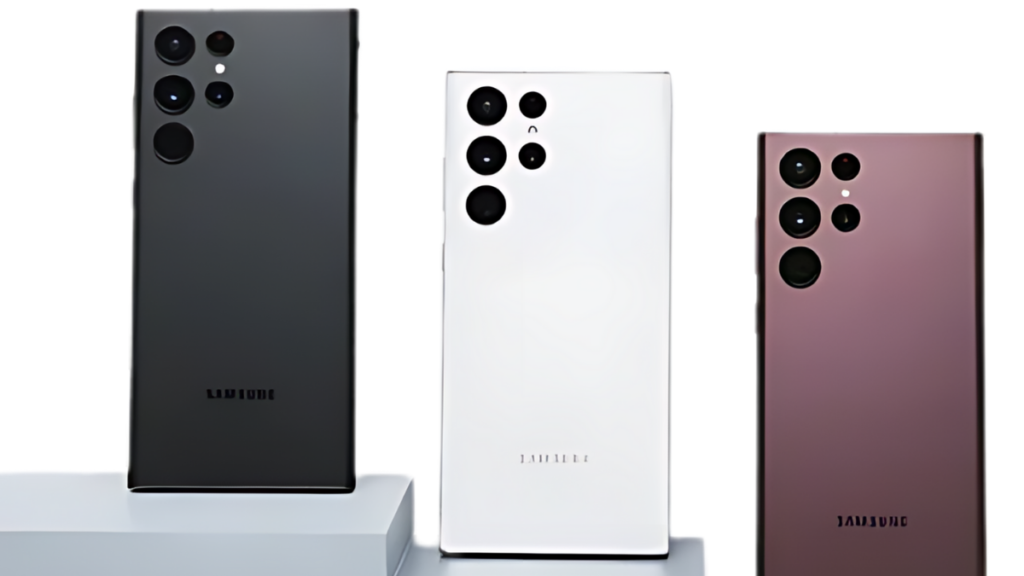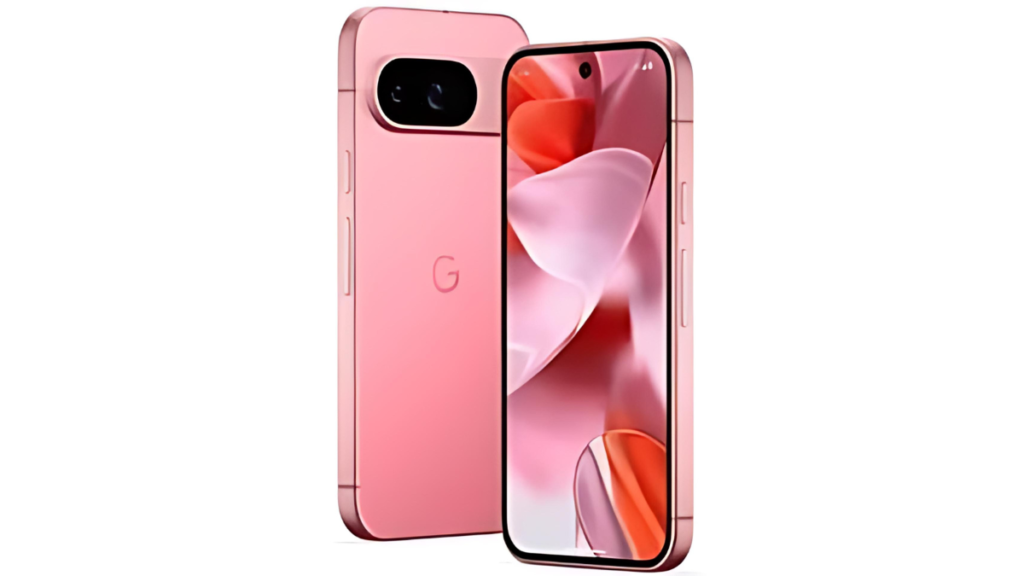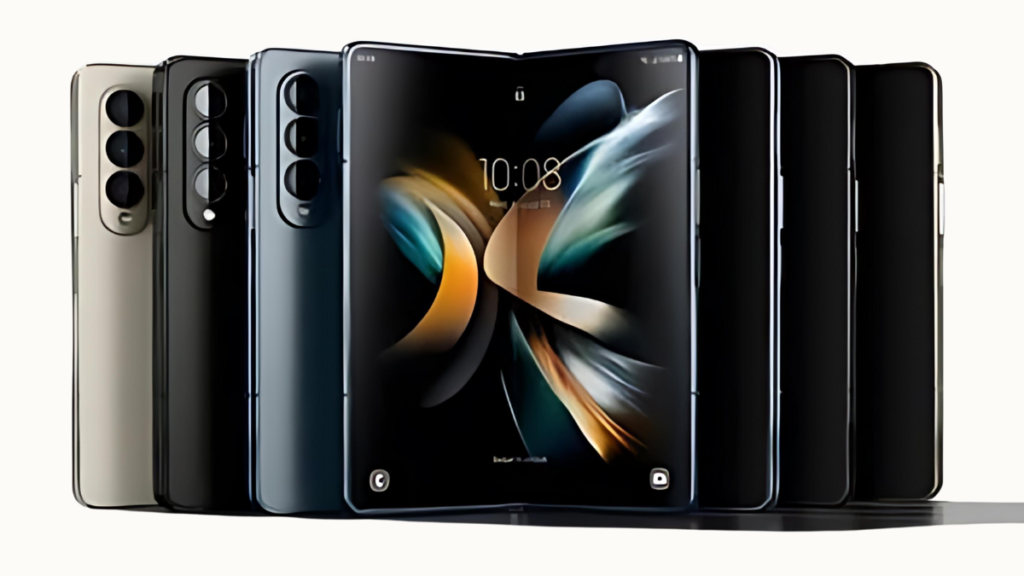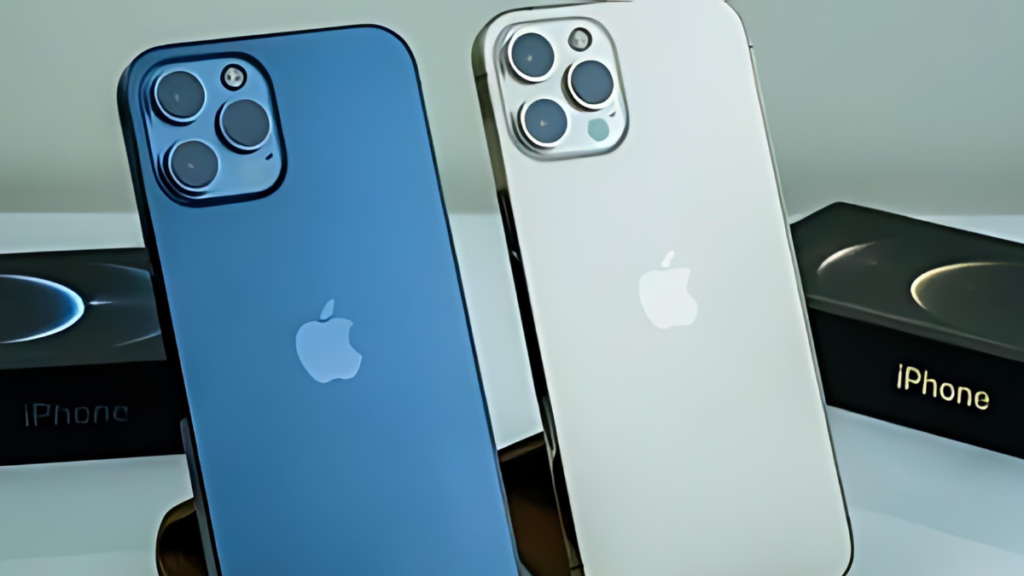MOST IMPRESSIVE CELL PHONE PROCESSORS: “Revolutionizing Mobile Technology: Top Processors Driving Innovation and Speed in the Latest Smartphones”.

Cell phone processors have made some amazing progress since Apple characterized the advanced cell phone with 2007’s iPhone. A 412-MHz Arm 11 framework on-chip (SoC) was all it required in those days, however the rising intricacy of these gadgets — and our developing reliance on them — implies that cutting edge cell phones currently gloat the kind of handling power that we could merely fantasize about in 2007.
Multi-core, gigahertz-speed SoCs are currently the standard, even in modest Android cell phones. In any case, regardless of the immense upgrades no matter how you look at it, one name actually wears the pants: Apple. The organization’s cell phone SoCs have consistently had the high ground in crude power, frequently two ages in front of their non-Apple contest — or, in other words that you’ll see a ton of Apple SoCs on this rundown of the most remarkable cell phone processors.

Google Tensor G4
Google previously tossed its cap into the custom SoC ring in 2021, presenting the Google Tensor processor for the Pixel 6 and Pixel 6 Expert, prior to reusing it for the mid-range Pixel 6a the year later. Tensor was about simulated intelligence all along, with Google zeroing in on ML capacities like discourse acknowledgment and camera improvements — a center it’s kept up with the Tensor G4 from recently.
Google appeared the Tensor G4 close by the Pixel 9 telephones, specifically the very good quality Pixel 9 Expert and Master XL and the more reasonable Pixel 9. None of these cell phones set the exhibition graphs land, in fact, yet the Gemini man-made intelligence framework that the Tensor G4 empowers appears to have potential — possibly compensating for the Tensor G4’s absence of crude power.
It is not necessarily the case that the Tensor G4 is slow, however 1,878 and 4,364 focuses in the single-and multi-center tests, separately, is nothing to yell about — particularly not so much for a leader processor from 2024.
MediaTek Dimensity 9200
The oddball on this rundown, you may not know about the MediaTek Dimensity 9200 assuming you’ve just at any point looked for an Apple, Samsung, or Google cell phone. MediaTek has generally centered around the reasonable lead section with processor families like the Dimensity 8000 series, however the Dimensity 9200 demonstrates the way that it can rival the best. Indeed, pretty much.
Like Qualcomm’s lead processors, the Dimensity 9200 is an octa-center computer chip with a beam following competent GPU and a simulated intelligence speeding up NPU close by it, making for a completely present day cell phone chip. Furthermore, in spite of not having a similar memorability as Samsung or Qualcomm, Dimensity 9200-controlled cell phones like the Vivo X90 Genius we surveyed are strong contributions with above and beyond execution.
The Geekbench numbers back that up, as well, with the chipset dealing with a 1,883 single-center score and 4,955 in the multi-center test. Nothing historic, yet adequately fair — on the off chance that you can get your hands on one of the telephones it’s in, obviously.
Qualcomm Snapdragon 8 Gen 1
The Snapdragon 8 Gen 1 appeared another naming show for Qualcomm’s chips, supplanting the comfortable triple-digit numbering with a name that was at the same time less difficult and more complicated (particularly with every one of the varieties that Qualcomm would later present). Qualcomm originally disclosed the Snapdragon 8 Gen 1 out of 2021, bringing enhancements, for example, 10-gigabit 5G availability, a 18-cycle ISP for picture handling, and a refreshed artificial intelligence motor.
Tragically for Qualcomm, the Snapdragon 8 Gen 1 made them teethe issues. The processor was scandalous for running hot and experiencing under broadened testing. The outcome was that Snapdragon 8 Gen 1-controlled cell phones like the Samsung Universe S22 Ultra we evaluated back in 2022 weren’t really the gigantic jump over the Snapdragon 888 that Qualcomm — or cell phone lovers — expected.
A valid example: the best Snapdragon 8 Gen 1 outcome in Geekbench’s records is 1,580 focuses in single-center and 3,852 in multi-center — just a minor improvement over the Snapdragon 888’s 1,510 and 3,859 focuses.

Qualcomm Snapdragon 8 Gen 1
Qualcomm has consistently needed to play make up for lost time to Apple, and no place is that more clear than with the Snapdragon 8 Gen 1 processors. Not in the least did the first Snapdragon 8 Gen 1 fall behind the A13 Bionic in spite of coming out two years after the Apple chip, however Qualcomm’s most memorable nibble experienced intensity and choking issues that tottered its possibilities being a real leader central processor.
Things were terrible enough that Qualcomm traded producers for its mid-cycle revive, changing to TSMC for the Snapdragon 8+ Gen 1 and receiving the benefits with better execution, effectiveness, and decreased heat yield. The enhancements helped push cell phones like the Samsung System Z Crease 4 that we investigated in front of their Snapdragon 8 Gen 1-fueled ancestors.
Truly, Geekbench scores of 1,696 and 4,352 — in single-and multi-center tests, separately — still weren’t sufficient to pull in front of Apple’s two-year-old A13 Bionic, not to mention 2022’s A16 Bionic. Yet, the 8+ was basically a noticeable improvement over the first Snapdragon 8 Gen 1.

Apple A13 Bionic
Android cell phone processors might have worked on much throughout the long term, however it’s an indication of Apple’s predominance that a five-year-old chip actually figures out how to put in the best 15 quickest cell phone SoCs in Geekbench’s data set. The A13 Bionic appeared in 2019 in the iPhone 11, 11 Genius, and 11 Master Max with a guaranteed 20% improvement in computer processor and GPU execution over the A12 Bionic, alongside improved effectiveness that considered the entire day battery duration.
Apple likewise worked on its brain motor and presented ML gas pedals with the A13 Bionic, taking into account 1 trillion tasks each second. Through and through, these upgrades assisted stretch Apple’s lead over Qualcomm with night further, particularly taking into account that the Snapdragon 855 currently followed the past A12 Bionic — a circumstance that we’re seeing play out again with Apple’s new graph beating processors.
A 1,729-point single-center score and a 3,895-point multi-center score truly isn’t all that remarkable now, however it’s still close enough to touch two or three 2024 processors.
Qualcomm Snapdragon 8s Gen 3
The Qualcomm Snapdragon 8s Gen 3 — totally unrelated to the Snapdragon 8 Gen 3 — is Qualcomm’s entrance into the reasonable lead market, offering a cut-down Snapdragon 8 Gen 3 involvement with a reasonably discounted cost.
The 8s Gen 3 openings between the Snapdragon 8 Gen 2 and the Gen 3, joining the last’s central processor design with a portion of the previous’ innovation, including the illustrations equipment and memory regulator. The Hexagon NPU and Detecting Center are likewise more in accordance with the Gen 2’s, despite the fact that Qualcomm supposedly made some firmware updates to work on its capacities. So this implies upgraded man-made intelligence highlights for 8s Gen 3-controlled telephones, yet no worldwide enlightenment in games, for instance.
Qualcomm made a few different reductions to get the 8s Gen 3 down to a cost where it could highlight in $400 telephones like the Xiaomi Poco F6, however the principal important point is that presentation likewise endures a shot. The 8s Gen 3 scores 1,835 focuses in the single-center test and 4,651 in the multi-center test, so it won’t set the world land. But on the other hand it isn’t so a lot more slow than Google’s lead processor, by the same token.
Samsung Exynos 2400
Apple isn’t the only smartphone company building its own processors, although it’s admittedly well ahead of its rivals in the performance stakes. Leading the charge for in-house Android smartphone processors is Samsung with the Exynos 2400, the newest iteration of its long-lived family of Exynos smartphone chips.
In the event that the Exynos name doesn’t sound familiar, it’s possible since you’re in North America. Samsung utilizes Snapdragon contributes its Samsung Cosmic system S24 and S24+ in Canada, the U.S., and China, yet decides on its own Exynos processors in different districts like Europe and Southeast Asia. The organization’s Exynos chips had a terrible standing previously, however the fresher Exynos chipsets appear to have resolved the significant issues and cleared themselves well in many tests.
All things considered, the Exynos 2400 still isn’t exactly comparable to the most recent Snapdragon processor, as the Geekbench results show. 2,059 focuses in the single-center test and 6,253 focuses in multi-center isn’t terrible in any way, keep in mind, yet you’re actually surrendering some presentation contrasted with Qualcomm’s ideal.
Apple A14 Bionic
Apple’s A14 Bionic controlled the iPhone 12 group of telephones, going from the base iPhone 12 up to the iPhone 12 Master Max, with no on-paper contrasts between the central processor or GPU centers in any of the models. The large feature of the A14 Bionic was the redesigned brain motor, which stuffed 16 centers versus the A13 Bionic’s eight cores.
The outcome was a guaranteed 80% increment in ML execution, all while playing out a supposed half better compared to the opposition. Considering that Qualcomm’s opponent leader of the time, the Snapdragon 865, is mysteriously gone in the main 15 starting around 2024, we’d most likely decide in favor concurring with Apple’s exhibition claims here.
Concerning the crude Geekbench numbers, the A14 Bionic scored 2,120 in the single-center and 4,956 in the multi-center tests. Entirely beaten by Qualcomm’s most recent SoC in the last option, then, at that point, yet just a hair more slow in the immensely significant single-center tests — all while being a decent couple of years more seasoned, as well.
Share this content: